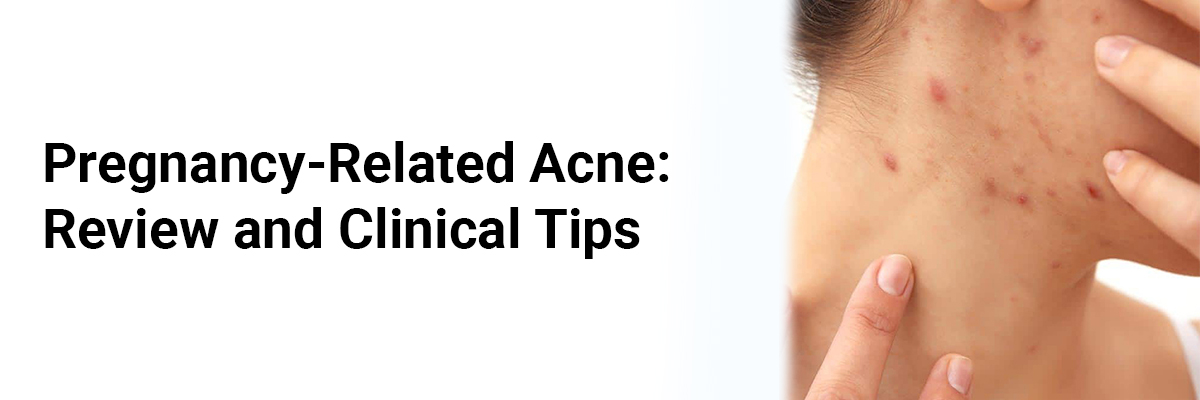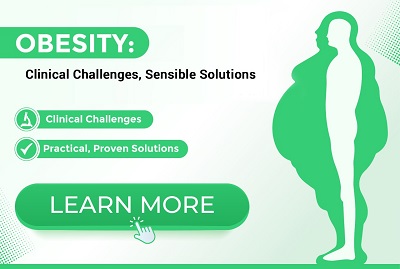
Pregnancy-Related Acne: Review and Clinical Tips
Acne vulgaris
commonly affects women of childbearing age, but treating it during pregnancy
raised safety concerns owing to risks associated with certain medications.
Hormonal and physiological changes during pregnancy often trigger inflammatory
acne lesions.
Women
under 25 years of age, those with a higher body mass index, irregular menstrual
cycles, or polycystic ovary syndrome were more likely to develop acne during
pregnancy. Up to 43% of pregnant women experienced acne, with lesions often
spreading beyond the face to the chest and back. Among women with a history of
acne, one-third had a relapse after a period without symptoms, while two-thirds
of those with ongoing acne saw worsening during pregnancy.
Safe
and effective treatment for acne in pregnant women remained essential. In 2015,
the U.S. Food and Drug Administration (FDA) revised its pregnancy safety
classification system to guide treatment decisions better.
Several
topical treatments were used for acne. Benzoyl peroxide is commonly recommended
as a first-line option, either alone or in combination with other agents, for
mild to moderate acne. Salicylic acid was considered a second-line option and
appeared to be safe in low concentrations and when applied to limited areas.
Glycolic
acid has limited safety data during pregnancy; however, in vitro studies have
shown systemic absorption rates of up to 27%, depending on the product's pH,
concentration, and duration of use. Clindamycin phosphate was effective and
well tolerated for mild to moderate acne, and erythromycin was considered safe
during all trimesters.
Isotretinoin
was the most effective option for moderate to severe acne, offering the
potential for long-term clearance. However, it was contraindicated during
pregnancy due to its known teratogenic effects.
(Source:
Cutis vol. 113,1 (2024): E26-E32. https://pubmed.ncbi.nlm.nih.gov/38478945/)














Please login to comment on this article